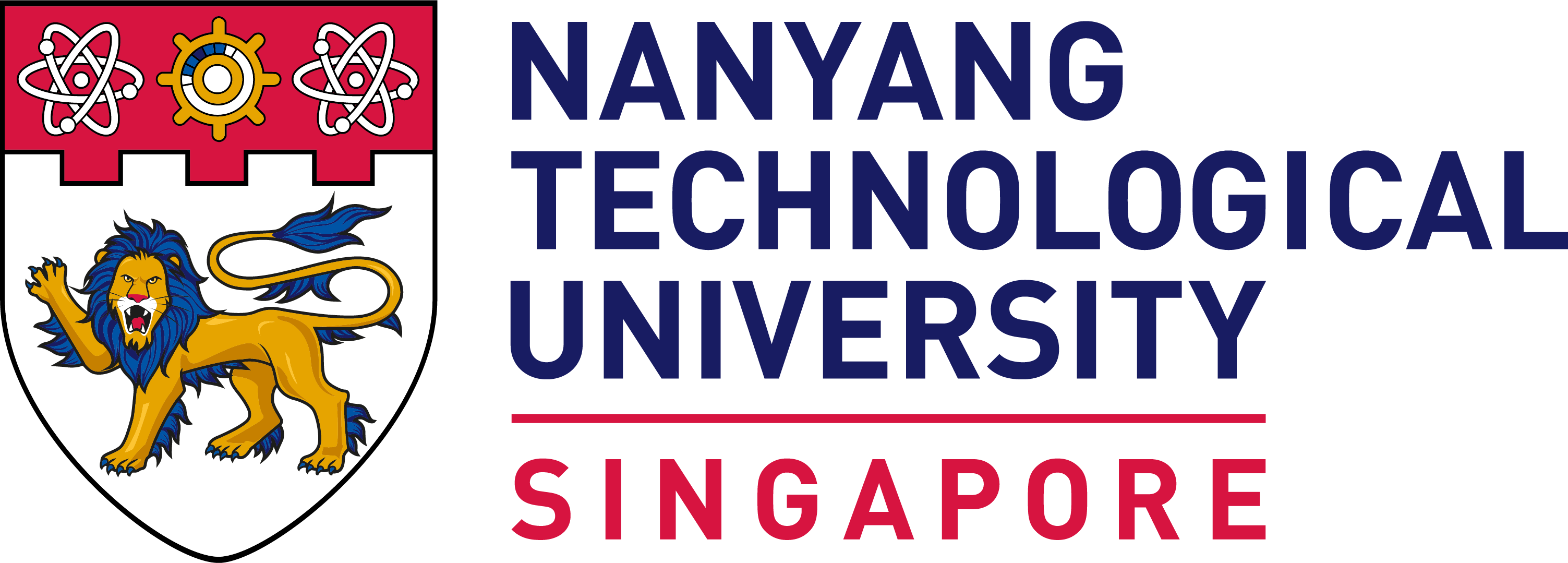The ubiquity of deepfake technology
Lianhe Zaobao, zbNOW, page 14
Deepfake technology refers to the use of artificial intelligence (AI) and machine learning to alter pictures, audio and videos. It emerged around the start of 2018, and has become ubiquitous with the advent of apps such as Reface and Faceswap, anyone can make use of deepfake technology. Deepfake technology can be very realistic, and has been used for fake news, with political figures like Trump and Obama among the victims. An NTU survey of 1,231 respondents last year found that 54 per cent of the respondents said they were aware of deepfakes, of which one in three reported sharing content on social media that they subsequently learnt was a deepfake. NTU Wee Kim Wee School of Communication and Information’s Asst Prof Saifuddin Ahmed said: “Fake news refers to false information published under the guise of being authentic news to mislead people, and deepfakes are a new, far more insidious form of fake news. In some countries, we are already witnessing how such deepfakes can be used to create non-consensual porn, incite fear and violence, and influence civic mistrust. As the AI technology behind the creation of deepfakes evolves, it will be even more challenging to discern fact from fiction. While tech companies like Facebook, Twitter and Google have started to label what they have identified as manipulated online content like deepfakes, more efforts will be required to educate the citizenry in effectively negating such content.”


.tmb-listing.jpg?Culture=en&sfvrsn=749a58e_1)



.tmb-listing.jpg?Culture=en&sfvrsn=b956bfae_1)
